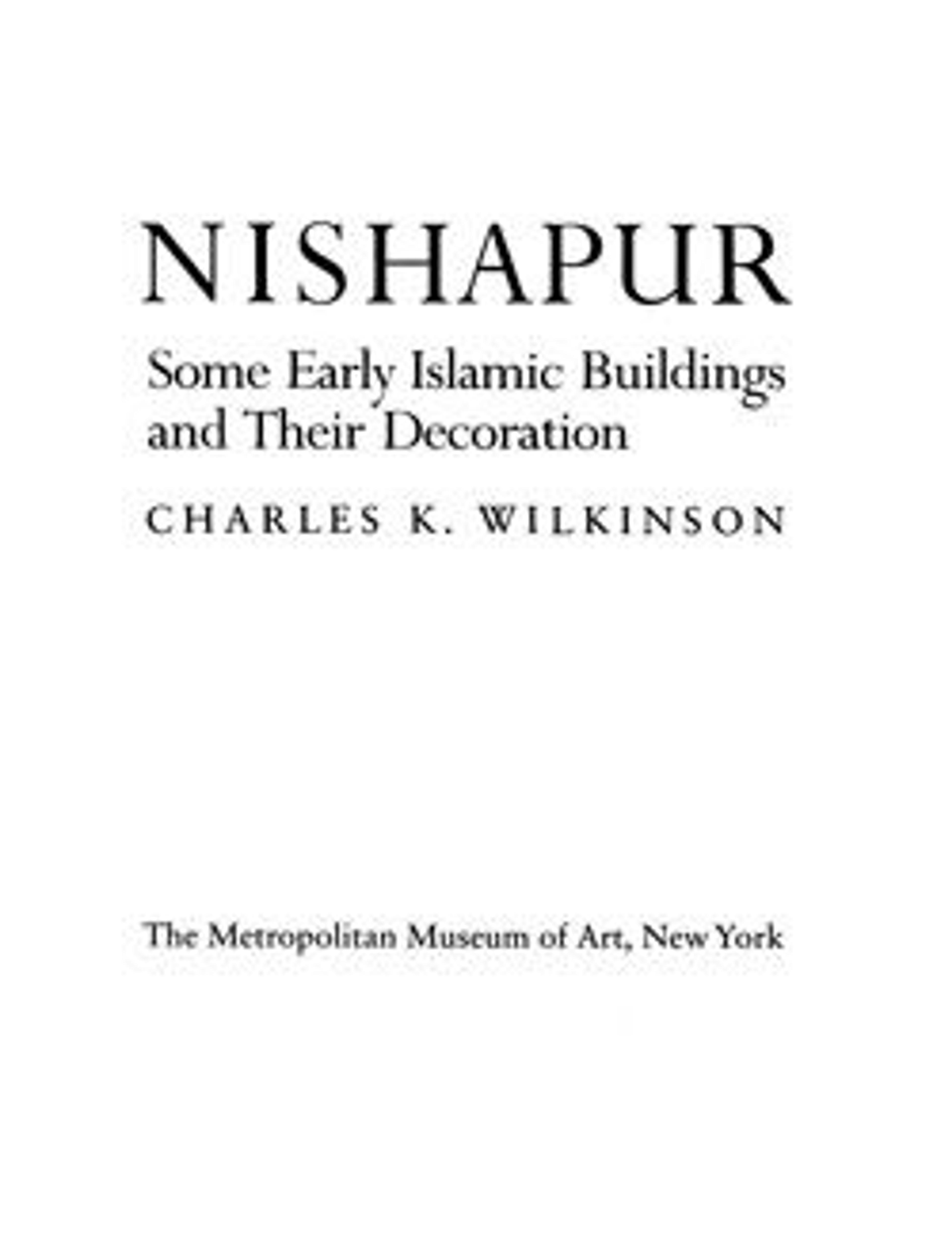Fragment of a Frieze
This terracotta panel is from Tepe Madrasa in Nishapur in Iran. It was once a segment a portal in the prayer hall. Carved terracotta was used as decorative material for architectural sites in Iran as early as the tenth century. It was used to create columns, bosses, string courses, and bricks. Fragments with similar carved designs like these have been found throughout Iran. This rectangular section has a pattern of continuous trilobed pendants linked by interlaced stems, a motif usually described as fleur-de-lys, against a background that was once painted a vermilion red.
Artwork Details
- Title:Fragment of a Frieze
- Date:11th century
- Geography:Excavated in Iran, Nishapur
- Medium:Terracotta; carved, painted
- Dimensions:H. 9 1/2 in. (24.1 cm)
W. 17 5/8 in. (44.8 cm)
D. 2 3/4 in. (7 cm)
Wt. 26 lbs. (11.8 kg) - Classification:Sculpture
- Credit Line:Rogers Fund, 1939
- Object Number:39.40.86
- Curatorial Department: Islamic Art
More Artwork
Research Resources
The Met provides unparalleled resources for research and welcomes an international community of students and scholars. The Met's Open Access API is where creators and researchers can connect to the The Met collection. Open Access data and public domain images are available for unrestricted commercial and noncommercial use without permission or fee.
To request images under copyright and other restrictions, please use this Image Request form.
Feedback
We continue to research and examine historical and cultural context for objects in The Met collection. If you have comments or questions about this object record, please contact us using the form below. The Museum looks forward to receiving your comments.
